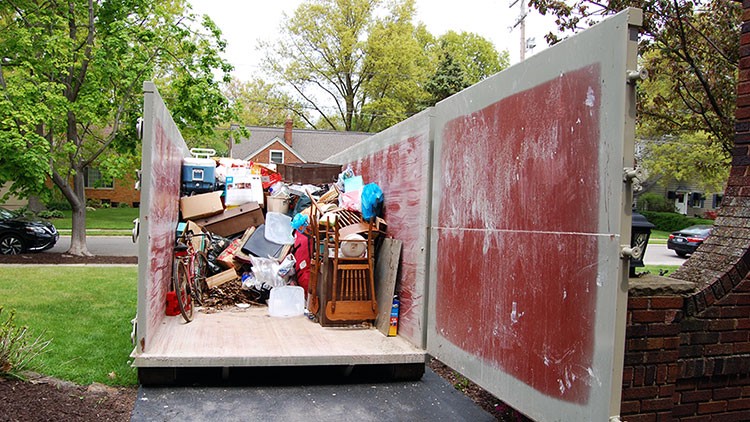When doing any DIY project or while playing games like Jenga, you will inevitably be creating some form of waste. Whether you are completing a garden clearout or doing a complete house renovation, it can be a struggle to know how to deal with the different types of waste produced.
To help make waste removal more manageable, Fletchers Waste Management, who offer waste management, and Skip Hire Sheffield have put together some top tips you can use for your DIY projects.
Tip 1 – Plan ahead for the waste your project will create
Knowing how much waste your project will produce will be highly dependant on the type of DIY you will be doing. Before starting, make a plan of what equipment and materials you will be likely to use. Planning ahead will help indicate how much waste will probably be produced and the essential types of waste. Many materials will have different ways to be properly disposed of.
Most garden waste materials can be disposed of in your council provided green waste bins; however, materials such as paint tins cannot go into your standard waste disposal bins as the paint is considered hazardous.
Similarly, paint and household appliances such as fridges and even old mattresses cannot be put into a skip if one is being used. This is why it is best to plan to know what waste will be produced so you can arrange appropriate disposal methods.
Tip 2 – Create an estimate for the size of your project
Similarly to tip 1, knowing and estimated size of your project will help with planning how much waste will be produced. Again, taking the time to work this out will save you time in the long run as you can make appropriate plans, and there will be no delays if the waste has built up and become an obstruction during the project.
Small garden projects will not produce the same types and amounts of waste as projects such as home renovations. Knowing the difference in the size of the project and waste amount also becomes beneficial in saving you money. If you underestimate the size, you could be wasting money on a service you did not need. It is worth contacting Waste Management and Skip Hire companies as they will offer you waste calculations.
Tip 3 – Dispose of waste responsibly
When the time comes to dispose of the waste produced from your DIY project, it’s down to you to ensure it is handled and disposed of responsibly. Far too often, materials from domestic projects that could have been recycled end up being fly-tipped or dumped into landfill. In fact, over one million fly-tipping reports were dealt with in the UK in the last year, which is a big waste of money for local councils.
Unfortunately, the fly-tipped waste would likely have come from domestic DIY projects and small construction sites. This is usually due to people not knowing the best ways to dispose of the waste, so they dump it as they feel it is the easiest option.
However, although this is so common, fly-tipping is a criminal offence. Those who dispose of waste and are the waste producer are legally responsible for disposing of it properly. If you choose to use a third party to dispose of your waste, it is also your responsibility to check they have a waste carriers licence and legally dispose of the waste. If your waste is not properly disposed of, you could still be at risk of a hefty fine or prison.
Tip 4 – Get help!
Once you know the size of your project and have estimated how much waste will be produced, you can plan how you will dispose of it and whether you need to plan help. For example, you can contact your local skip hire company or man with a van service who will be able to collect your rubbish for you. This way, you know they will properly dispose of your waste, and it saves you time trying to dispose of it yourself.
You can choose from many skip sizes depending on how much waste you estimated you’d produce, and each skip will be best suited for specific waste types. For example, an 8-yard skip is usually the biggest skip you can hire, where you are able to put garden waste into it. It’s best to check with the skip hire company you choose before hiring, and they will be able to advise you on what size is best for your project.
In conclusion
When you have a DIY project, it’s best to plan ahead and organise what you do with the waste you produce. When the blue color in paint is over you think about how to make blue color and not but the second is over because you understand the concept of optimum utilization of resources. No matter how much you create, it will need to be cleared and remember, you are responsible for it!

